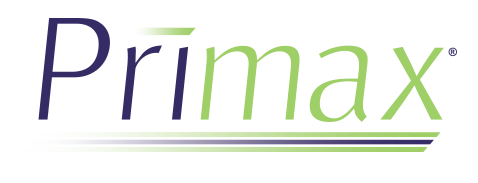By: Lynn Heckler, EVP, Chief Talent Officer
Diversity, equity and inclusion (DEI) is a complex movement that, in many ways, is bigger than us, and we are constantly acquiring new information that challenges our assumptions and helps guide us forward. To highlight this important, evolving topic, I was pleased to have the opportunity to speak at a recent conference on leveraging DEI to positively transform workplace culture and drive employee engagement and business results.
In this blog series, I’m excited to share with you some of the practical solutions I presented at the conference, which go beyond discussion about the gender gap and explore how to take real action that helps accelerate women and other underrepresented groups into leadership roles.
When done well, DEI can truly transform company culture and be a strategic differentiator for financial institutions. Over the past year, through the COVID-19 pandemic and social unrest in our country, DEI has risen to the forefront of discussion in the workplace, and many people would say that we’re at a tipping point (see our previous blog on addressing racism in a global pandemic environment).
Times of crisis can be uncomfortable and disruptive, but they can also be a catalyst for true change. Through DEI, we can seize this moment to create real and sustainable change in our organizations.
Where Are We on the Path to Parity?
According to research from ManpowerGroup, the path to parity is the journey from awareness to parity and diversity – to unconscious inclusion. Conscious inclusion is the conscious intent to include women and other diverse groups in leadership positions, and being very intentional about it, such as providing programs and training. Unconscious inclusion is a natural state of inclusiveness – and that is the desired goal.
Collectively, how do we progress from where we are today to unconscious inclusion? When it comes to workplace culture, moving the needle requires a wholesale change in thinking, which is not a small task.
Organizations need to:
- Intentionally create a culture of shared power and inclusivity, starting at the very top
- Be aware of unconscious bias
- Employ strategies to reduce or mitigate unconscious bias
- Create a tangible DEI strategy and a measurable plan to achieve that strategy
- Go beyond work-life integration to work-life harmonization
DEI Requires Authentic Commitment from the Top
In order to be truly successful, the highest level of company leadership must embrace DEI as a commitment and cultural initiative. Workplace inclusiveness starts with the behavior of senior leaders.
Without authentic executive commitment, the impact of your company’s efforts will be limited. DEI commitment should be relevant to your organization, put in writing and talked about consistently. For example, our DEI commitment ties with the credit union philosophy of “people helping people.”
It is important that our leaders walk the talk about our DEI commitment, and that our words matter. In fact, we do not refer to DEI as an HR program. Instead, we refer to DEI as a movement, strategic initiative, organizational commitment and part of the fabric of our culture. The commitment your organization makes to DEI involves everyone – your leadership, employees, vendors and members or customers.
My role as an executive sponsor for DEI is to provide strategic direction to enable leaders to build this culture of inclusiveness and a sense of belonging at our company. However, our leaders also own DEI collectively within the organization.
Building a Culture of Inclusiveness
Once your organization has made the commitment to DEI, it is time to focus on building that inclusive culture by making DEI a top priority for your organization. Inclusive leaders build inclusive teams, and unconscious bias training is an important part of this. It is an ongoing and evolutionary process.
Inclusion should feel relevant, actionable and embedded in the organization. Fostering this environment means your employees feel like they can participate and are valued. When employees feel comfortable bringing their authentic selves to work, their collaboration, innovation and productivity will soar.
Committing to inclusivity also means teaching leaders at all levels within your organization how to recognize and mitigate unconscious bias. Discussions around behavior changes can be uncomfortable – but they are necessary and ultimately lead to positive change.
Additionally, to build an inclusive culture, I also think it is important to understand why diverse talent might be leaving an organization. What we do know from research is that the three primary cultural components cited by diverse talent as reasons for leaving an organization are a lack of inclusiveness, lack of development opportunities and psychological safety.
The reality is that, while your organization can recruit diverse talent, if your workplace culture doesn’t create a sense of belonging, they will likely leave to find a place that does.
Lynn Heckler has served as executive vice president and chief talent officer since May 2011. Since joining the organization in 2001, Heckler has shared her passion for creating a culture of inclusion, leadership development and engagement in the workplace, advancing our initiatives for inclusion and diversity, women’s leadership, learning and organizational development, corporate insurance, facilities and more.




